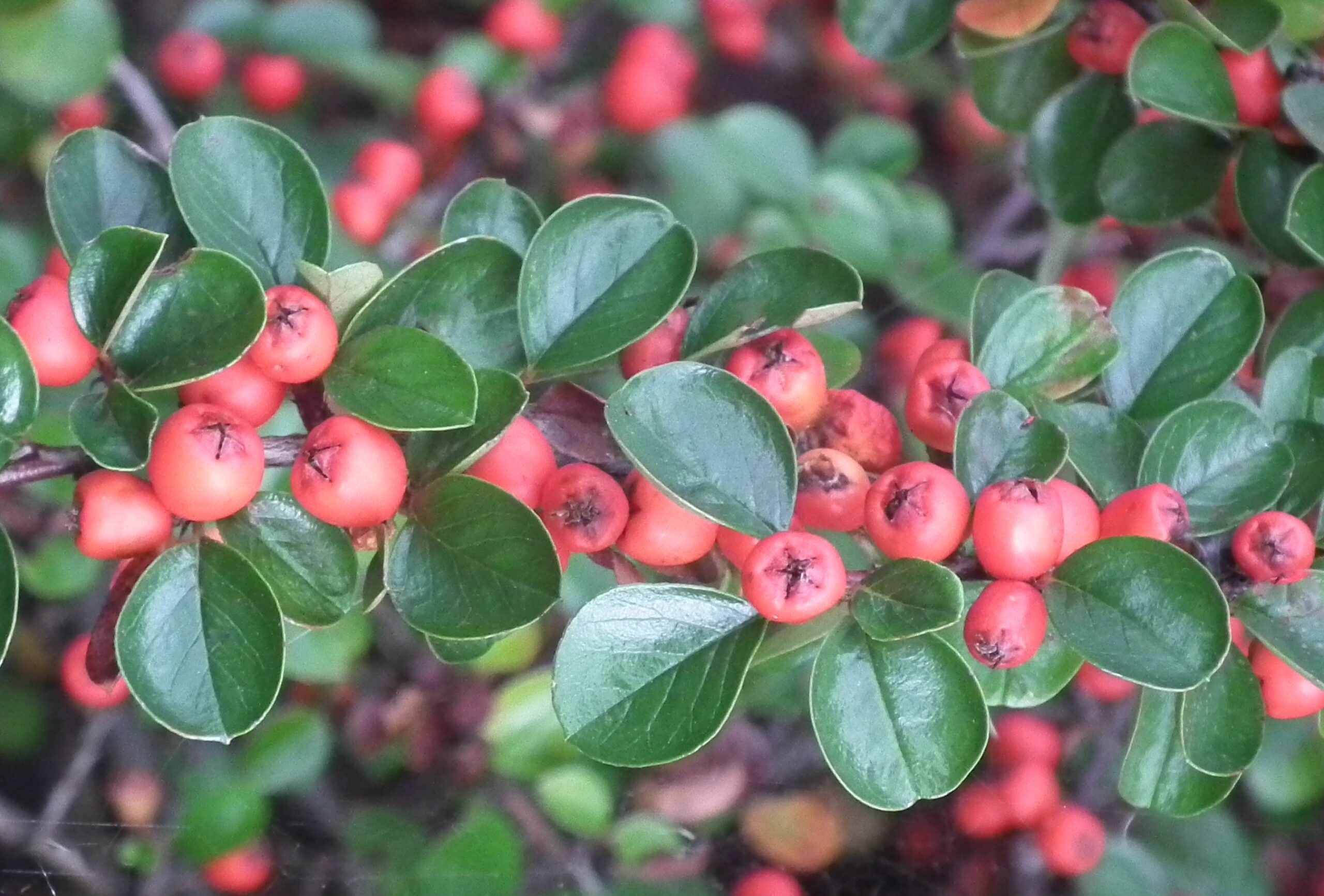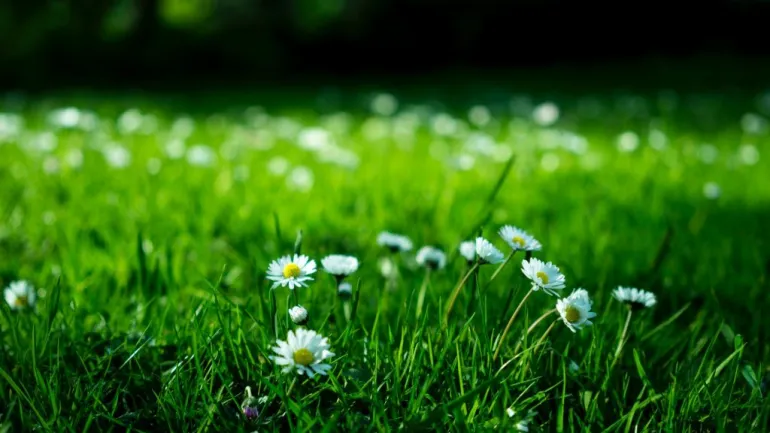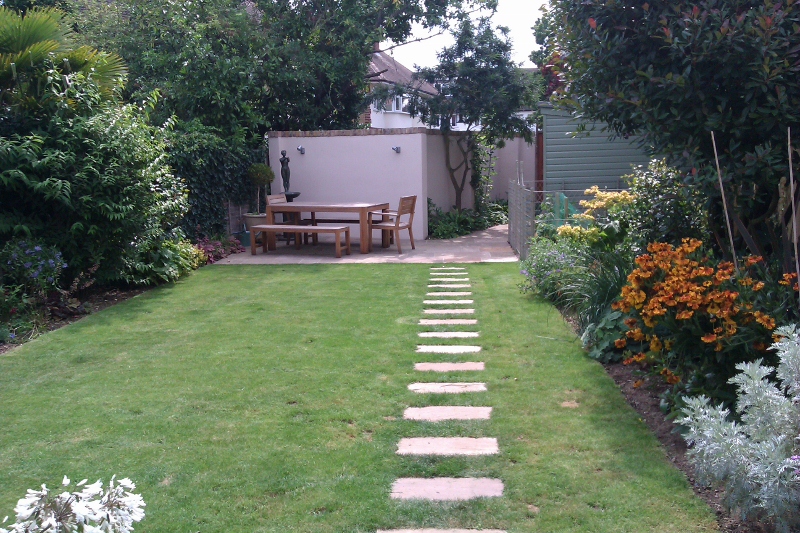Hedges – What should you choose and why they are important.
A quick list of dos and don’ts and some new ideas (you may, or may not have heard)
A lovely client of mine; who found me because of my articles in a magazine is looking for ideas for a new hedge and encouraged me to write a piece to help others like him. – Thanks Ron.
- Things to think about before you buy.
- Why? The first question we must always ask is what to do you want the hedge to do? We have hedges for a variety of different reasons. In the front garden it offers privacy, shelter from wind, a clear boundary division, to block out noise or pollution. It could also be to add colour and encourage wildlife into your garden. It might be to keep out intruders.
- How do you want it to look? Are you looking for a formal hedge that is cut regularly with sharp edges and a crisp flat top? Or something less formal that you allow to flower and may have berries; is softer, looser and more rounded in shape.
- Do you want a full hedge, a low hedge or even a pleached or espaliered hedge (a hedge on a stem)
- How big will it be? Whatever plants you decide to buy you need to know some very important things. How tall it will grow and how wide, and not just in the first year, but over 20 years. If you are the one who has to cut it back each year to stop it taking over your garden it is worth choosing something that has an ultimate height of 4m rather than 20m.
- Think outside the norm – find something you can’t see elsewhere in the street, variety is important to our ecosystem.
- Plants I would avoid. (just my opinion)
- Leylandii: this plant does not belong in the suburban garden. It grows too fast and too tall, and is not easily cut down to size. It sucks everything out of the ground and nothing will grow near it.
- Cherry Laurel: Yes it’s quick and easy to grow, but it grows and grows, it’s dark green shape looms over the garden like a monster blocking out the light and taking over your garden.
- Photinia Red Robin. This can make a good hedge, but it is everywhere, and if it doesn’t like its situation it can look dreadful and gets very leggy.
- Suggestions for 1 -2 metre formal evergreen hedges
- Privet (Ligustrum) – a variety of colours from yellow to dark green, very much back in fashion
- Griselina – a light and bright green leaf, originally from New Zealand.
- Holly (Ilex aquifolium) – Female plants provide an amazing display of berries if a male plant is nearby. (That’s right some plants and male or female)
- Yew (Taxus Baccata) – Slow growing and very hardy, try a golden variety for a change.
- Some less formal more colourful evergreens
- Pyracantha – Watch out for the spikes! This is a great plant with either red orange or yellow berries, but it isn’t nicknamed firethorn for nothing.
- Cotoneaster Franchettii – there are a number of evergreen varieties, the major benefit of being a fantastic filter for pollution, its tiny hairs capture particles that come from passing traffic. Perfect for a front hedge.
- Escallonia macrantha – A small leafed evergreen summer to autumn flowering shrub with scented leaves.
- Rosmary ‘Mis Jessup’s Upright’ – Great for a sunny sheltered spot, this upright habit flowers throughout the summer.
- Low growing evergreens (and alternatives to Box – under 1m)
- Euonymus Japonicus ‘Jean Hughes’ – is a dense compact shrub good for edging.
- Euonymus fortunei – most have variegated leaves of either yellow or white to add a splash of colour.
- Hebe – not often thought of for hedging but planted close together this flowering shrub can make a good informal hedge, with lots of varieties to choose from.
- Compact Laurel (prunus ‘otto luyken’) – A compact laurel that is easily kept under 1 metre.
- English Lavender ‘munstead’ – great for a fragrant low hedge, but not long lived and needs annual pruning to keep it in shape.
The list is long and I could go on, but we’ve not yet mentioned possibly deciduous hedges that could be used to great effect, so that will have to wait for another time.
I hope this helps.



